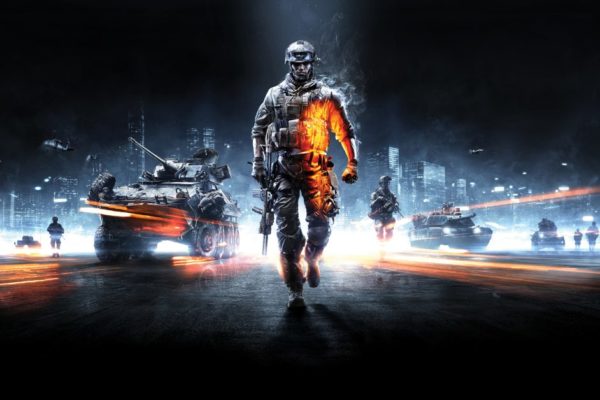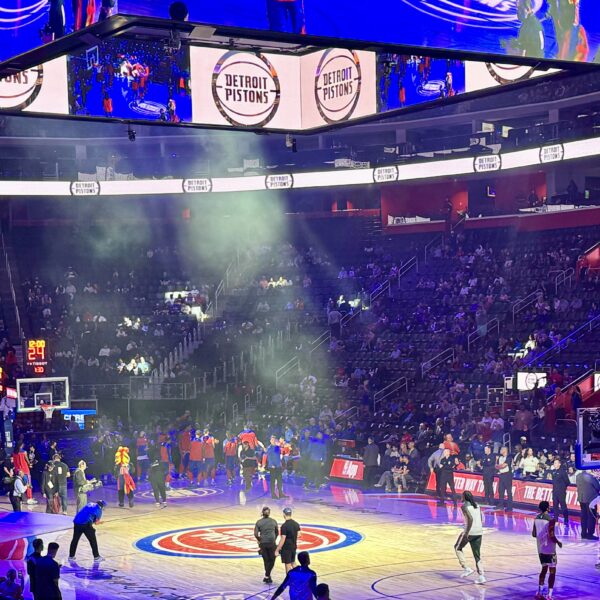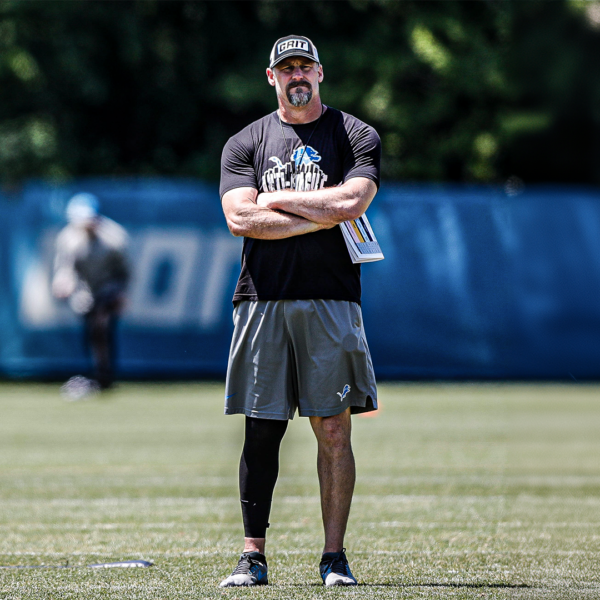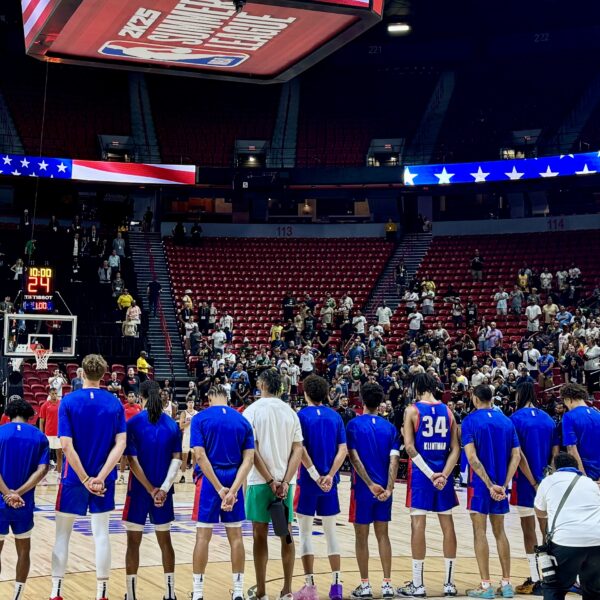First-person shooters are dominating the video game community, and I believe they always will. It’s the competitive nature that brings us back for more, no matter our skill level. The idea that we can dominate another player or players is nothing short of a rush. While victory is never assured for us, shooters have a hold on gamers that will not let go.
Rather than go over 45 years of shooters, I’ll touch on my defining experiences.
Long before this generation of gamers came onto the scene, strict technological limitations kept our imaginations tame. As more advanced technology entered the fold, environments in shooters came to life. The world grew, as did the interactions with our surroundings, leading to destructive environments. Once the world reacted to our bullets and explosives, everything changed for me.
The rise of Geo-Mod technology
Red Faction came to PC and PS2 and is the first game I encountered with environmental destruction. THQ published this Volition title, and the company premiered a feature called “Geo-Mod” technology, short for “Geometry modification.” Suddenly, the architecture and terrain could be altered by your weapons and explosives. I would waste time blowing entire new paths through the rock to see where I could go.
Volition went on to create more Red Faction titles, and the industry embraced their explosive idea. Video games such as Avalanche Studios’ Just Cause and DICE’s Battlefield series brought large-scale destruction into the fold. It’s part of the reason why Call of Duty isn’t as appealing to me anymore; I longed for the Red Faction experience and Battlefield delivered with Bad Company 2.
With more players, first-person shooters became more immersive
Battlefield is a prime example of what I’m looking for in a first-person shooter. The destructibility and the ability to have 64 players on one map draws me into the game. Now, certain Battlefield titles skimped on destruction, and yes – that disappointed me. However, BF4’s Patrick Bach said this about the decision: “Having complete destructibility everywhere is not a technical limitation; it’s a design decision. If you could go into every room of every building in this game, you’d completely ruin the experience… You’d need 1,000 players in order to fill them with something.”
It makes sense now, but I ranted about it for years.
It’s easy to accept static buildings that can’t collapse when we’re playing with so many people. The ability to ‘squad up’ with friends and go to war is a feature I can’t let go of. Compromising for one or the other is an unfortunate price to pay, but everything changes. Before long, another type of shooter caught my attention.
Hero/Class Shooters and Battle Royales
Hero shooters are games that emphasize a “Hero” character. They have unique abilities or weapons assigned to them and are quite distinct from one another. They are often designed with classes in mind, with Overwatch doing an amazing job with this gameplay. It’s a system I thoroughly enjoyed on the console, but I always made the jump back to Battlefield.
PUBG was a decent-at-best experience for me, and Fortnite had nothing to keep me interested. It took Apex Legends, a blend of Overwatch and other Battle Royales, to convince me this genre was worth looking at. While these games may not have blown me away, I can’t deny their popularity. They’re a thrill to play, I’ll admit, but it feels like a detour from the experience I want.
I haven’t covered nearly all of them. With so many different shooters, I still wonder where we will go next? What is the next great technological leap? Battlefield 6 is under development and is rumored to support over 128 players, but that is not the change I’m envisioning. To get into that, I’ll briefly talk about a seemingly unrelated game: Elder Scrolls Online.
Elder Scrolls Online introduced The Alliance War
Say what you will about Elder Scrolls Online. The Alliance War is a multiplayer experience that everyone needs to experience. Players drop into a zone called Cyrodiil and may do so as a solo/duo, small group, or large group. Large groups hold up to 24 players, and multiple groups of 24 do indeed represent the same alliance. Three major factions make up the Alliance War, so it’s a three-pronged all-out war for control of Cyrodill.
This system involves campaigns. For example, there’s a 30-day campaign in which players capture and defend keeps. Killing enemy players, along with capturing and defending keeps and resource sites, earns you AP (Alliance Points). With AP, you may purchase gear, siege equipment, and more from your alliance’s merchants. AP also determines your overall score. The top player on the leaderboard becomes “Emperor” if they control all six inner keeps.
Siege weapons include rams, boiling oil, trebuchets, and others that assist players. Once breaching a keep, players must occupy two inner banners to change its ownership. What’s great about this is that you have to use your resources to rebuild the damage you caused once capturing the keep. If you and your allies don’t have enough resources, your newly owned keep’s defenses will be questionable.

There are transitus shrines to instantly travel between linked gates, keeps, and outposts your alliance controls. You can also deploy Forward Camps as temporary respawn points, helping your alliance get back to battle. But once the campaign ends, you’re rewarded based on the number of Alliance Points you earned, but map control doesn’t necessarily change.
ESO’s Alliance War could apply to Large Scale War in Shooters
Believe me, I know current limitations mean this is a dream. First-person shooters could use an ambitious facelift, though.
Imagine this. There you are, the player, flying over the map while attempting to figure out an ideal landing area for your platoon. Everyone parachutes in, but the battleground below is already fraught with allies and enemies. This is urban warfare. From their point of view, their back-up is one of many cargo planes that have been flying by for the duration of their fight. They are in the middle of storming one of the enemy’s bases, damaging the structure piece by piece.
Once you’re in, you must stop the opposing If you manage to capture it, you must use resources gained by killing enemy players to rebuild it. Then, you can build a weapons station and other helpful structures within the building or area. Use Battlefield 5’s building mechanics but scale it up entirely to apply to architecture at a larger scale. However, I recommend keeping the simplicity of holding a button or repeatedly choosing repair kits to restore every structure.
At the end of each campaign, every player gains rewards based on their contribution and faction’s performance.
The Battle Royale Influence
If 30 days of continuous combat doesn’t sound ideal, limit the number of times players can respawn. For a large scale war like this, I say start with 15 or so initial respawns. Allow them to use the points they accrue to buy additional respawns, with a cap of 30. Tying respawns to points means some players may not be able to afford to help with repairs. Either way, I do like the idea of platoons and squads dwindling until there is a decisive victor.
Also, steal the distinct trait of needing to find weapons, ammo, and body armor on the ground. Make this an addition to starting with a basic loadout that players upgrade later. In fact, possessing our own loadouts would be key for campaign rewards.
Performance Rewards
I mentioned rewards at the end of the campaign. Based on your contribution to your team, this will fill a bar like a season pass; You gain a certain amount of XP to unlock equipment until you’ve gained everything that season. I would want this kind of system because I’m tired of having to yell, “Play the objective!” Any mechanic that forces people to play the game as intended is a win-win for me. However, I don’t want to pay for a season pass at the end of each campaign. I have no suggestions about this, as the future of gaming seems unfortunately stuck with this model.

In conclusion
It’s a huge ask, but it’s also pure fantasy. I don’t believe anyone is working on a game like this, nor do I think I’ve stumbled on some revolutionary idea. After all, it’s entirely influenced by my time with ESO and Battle Royales. If we eventually witness colossal maps/servers with thousands of players and destructible environments, you can bet I’ll waste plenty of hours playing it.












